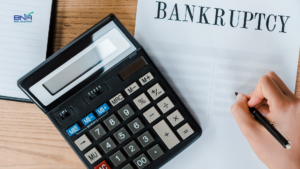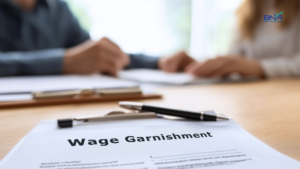
If you’re facing debt and finding you don’t have enough money at the end of the month, you’re certainly not alone. It can happen to anyone. Regardless of your age or income.
But what do you do when that debt climbs into double digits (over $10,000), and it seems there is no conceivable way you can pay it off?
Fortunately, you have options.
In cases where personal debt has pushed you past the tipping point, you may need to choose between filing for Personal Bankruptcy vs. filing a Consumer Proposal.
Personal bankruptcy is a process that will legally release you from having to repay any unsecured debt upon filing and completion. Certain personal assets (such as expensive ‘toys’) may not be protected from creditors.
A consumer proposal is a negotiated settlement that can significantly reduce what you pay your creditors and involves a structured repayment plan. It is the preferred choice for those who wish to hold onto their assets and are committed to repaying the negotiated amount.
Both approaches provide a clear, legal path out of your current debt situation. Each has its pros and cons. Let’s take a closer look.
Personal bankruptcy is a legal process that is designed to relieve those facing significant financial stress from their current debt obligations. It is often the quickest and least expensive way to settle your debt. The process is administered by a Licensed Insolvency Trustee on your behalf.
Once you decide to proceed, you sign paperwork under oath declaring you do not have the ability to repay what you owe and are committed to completing the process. The Trustee will register your Assignment in Bankruptcy with the federal government (and the courts, if necessary) and then your creditors will be notified.
Once the application is filed, it is a done deal. There is no waiting for approval. It is important to note that the debt is not discharged until the end of the bankruptcy, and you must fully complete the bankruptcy for this to occur. Creditors will be prevented from further pursuing you for any further payments.
The good news is that in Alberta, the government is relatively lenient in allowing those who file for bankruptcy to hang onto personal assets. (You will need to discuss which of your assets may be vulnerable with your Trustee).
The forfeiture of assets will generally be reasonable and will typically not include basic personal items. It isn’t designed to take the shirt off your back.
A bankruptcy will remain on your credit record for 6 years. This will impact your ability to apply for a mortgage or a personal loan. Credit cards will still be obtainable afterward, but sometimes you need to start with a secured card.
Let’s face it. Your creditors don’t want to walk away empty-handed. They’d rather get a portion of what’s owed to them rather than nothing.
And if you have significant assets, you probably want to hold onto them.
Consumer proposals represent a compromise between you and your creditors. The key to getting a proposal accepted is that under the legislation, you must offer the creditors more than they would receive if you filed for bankruptcy.
A Licensed Insolvency Trustee (LIT) will work with both sides to negotiate down the amount of debt you’re required to repay. They will also set a repayment schedule you will be contractually obligated to follow, much like a car payment or loan payment.
The LIT will work with you to ensure that the repayment plan is realistic and achievable – their goal is to set you up for success.
A consumer proposal will protect the seizure of unsecured assets if you make the agreed-upon payments. You cannot default on the proposal payments and must continue to pay for your secured assets that are not part of the proposal, like your mortgage. Creditors are prohibited from trying to collect additional money beyond what was agreed to in the proposal, and bill collectors will be off your back.
Another advantage is that a consumer proposal will only remain on your record for 3 years. For many, this means it is easier and faster to requalify for credit (such as a mortgage or a credit card).
The process to negotiate a consumer proposal generally takes 45 days to complete. There are occasions when negotiations are more difficult, but your LIT will do their utmost to get a deal for you. Creditor protection starts from day one, even while negotiations are still happening.
When it comes to managing personal debt, no two cases are the same. Some people will want to do all they can to avoid bankruptcy and preserve their assets. For others, walking away with no further obligations makes the most sense.
The best strategy is to meet with an experienced Licensed Insolvency Trustee. They can walk you through the process and advise you on the various factors involved. From there, you will be in a good position to choose the debt relief strategy that best meets your immediate and long-term goals.

If you’re staring at a pile of bills, dodging creditor calls, or feeling crushed by unmanageable debt, the thought of a consumer proposal might feel

If you’re feeling overwhelmed by debt, you’re not alone. Many people in Alberta find themselves in the same situation, struggling to keep up with bills

Navigating debt challenges can be overwhelming, especially when facing the prospect of wage garnishment in Canada. Yes, creditors or collection agencies can garnish wages, but